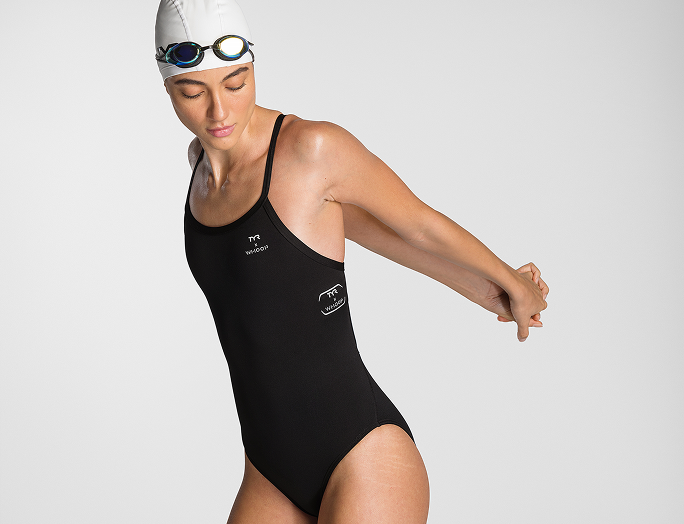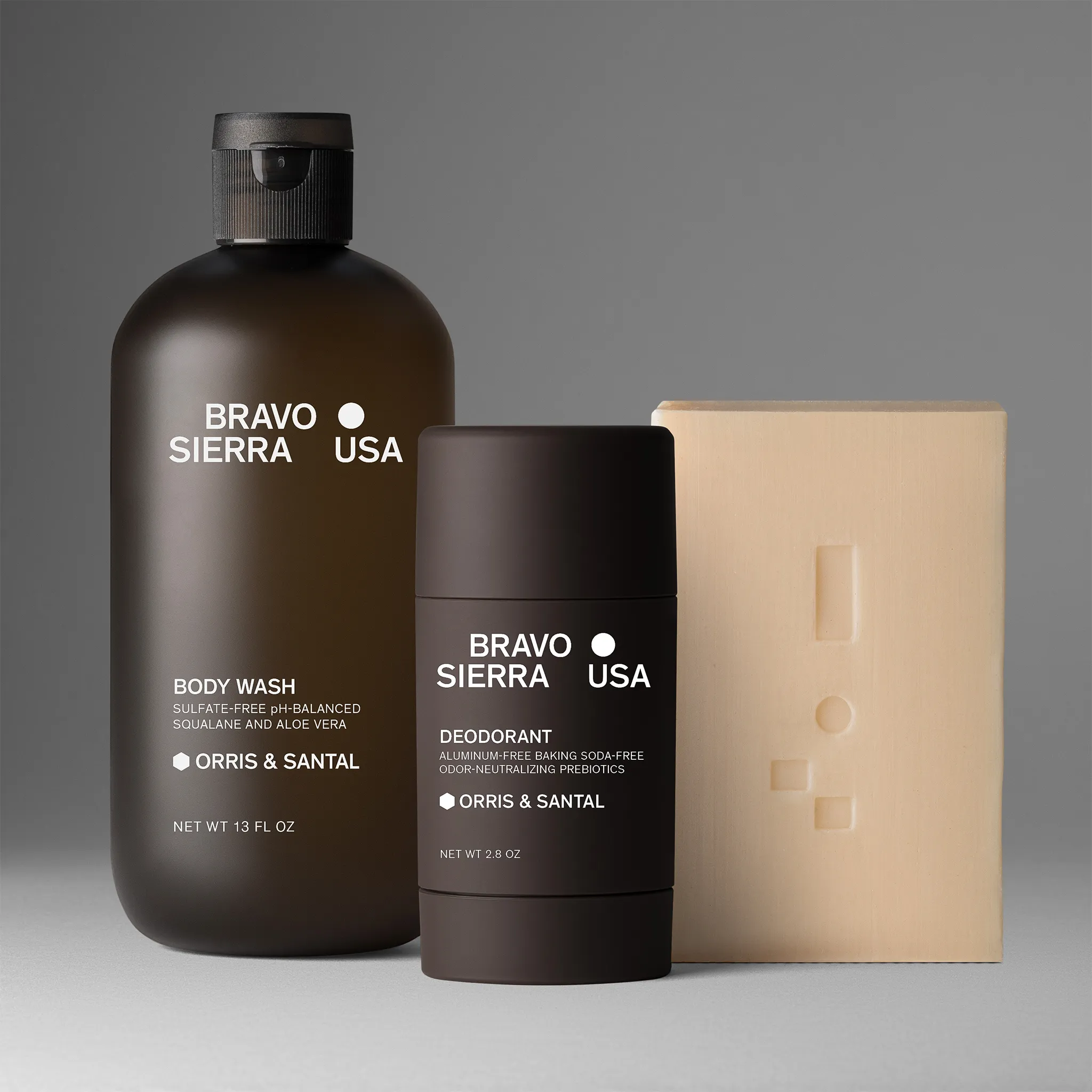Beverages product photography is both highly creative and ultra-technical. On the one hand, you get to play with splashes, bright cocktail ingredients, ice cubes, and lifestyle photography in posh bars. On the other hand, you need to know how not to leave fingerprints when you move a martini glass one inch, how to light a bottle to avoid unwanted glare and how to use an iced vodka shot glass so it doesn't melt.
Additionally, the resulting drink images need to align with brand positioning and distribution channel, as well as resonate with the target audience, hitting the cord with a specific demographic.
We grilled our seasoned product photographer with a few decades in the business, so you know exactly how to make photos of beverages for ecommerce.
How to photograph drinks: 13 practical tips from seasoned product photographers
1. Use fake ice cubes for cold drink photos
Fake ice cubes have been created after someone tried to freeze real water and the cubes looked cracked, were inconsistent, or had bubbles in them.
If you tried working with real ice cubes that melt sooner than you manage to press a button, you must have joined the fake ice fan club. They are looking just like real, but they stay put and they are crystal clear.

Splashing some water around the cubes gives them even more credibility.
2. Use the dulling spray to reach the fake condensation effect
If you are tasked with cold drink photography, consider putting a bottle in the freezer for 15-20 minutes, so you get a really nice condensation when you take it out of the freezer. In which case, you need to be quick before the condensation dries out or gets messy.
Alternatively, you can take the time pressure off by creating a fake condensation with dulling / matte spray. There are some rules to this trick:
- Spray the bottle/glass in a ventilated area or outside
- Don't drink from a bottle or glass you used the spray on
- Only use the dulling spray on clean and polished surfaces
- Before using the matte spray, tape off areas that shouldn't have natural condensation - like the stem and top of a wine glass, or a bottleneck of the beer bottle.
- If the frosty look is not enough, you can further add bigger droplets on the now matte surface by spraying glycerin/water solution on the bottle.
We do recommend reading a manual on the specific spray you buy for more technicalities of the specific brand.
3. Master the art of taking shots with glossy glasses
Imagine a wine glass on its side with blueberries, blackberries, cinnamon sticks, and a cigar falling out of it next to an upright standing Bordeaux glass with an oak-aged Cab in it.
Cocktail glasses and shot glasses can be frozen before the image-taking process, but keeping them unmelted takes a really cold room, a well-planned scenario, and a nimble assistant.

Naturally, the biggest struggle with glassware is the race against fingerprints and spots. You have to make sure they are well washed and polished before they go to the set. They need to be handled in gloves on the set to avoid any further contamination with grease coming from hands.
The other issue is the reflection from the glass - you have to find an angle where a photographer is not reflected on the side of the glass, or else your retoucher is going to have lots of complex edits to perform.
4. Use garnishes as props to set the scene
If you are arranging a photo session for a hard spirit, like gin or rum, one of the ways to make a great hero shot is to use the garnishes associated with cocktails made from these spirits.

Fortunately, the mixology is full of bright natural ingredients, like limes, lemon wedges, cocktail umbrellas, funky drinking straws, dried citrus, berries, mint leaves, honeycomb, and cinnamon sugar, celery sticks, and bartender's tools.
5. Add color for mood & to liven up the composition
When doing food and beverage photography, you may want to use color spots other than coming from the props in the shape of cocktail garnishes.

- Use rose petals for sparkling wine hinting at a romantic occasion
- Engage bright neon backgrounds to bring up a nightclub atmosphere
- Consider finding some tinted glassware to make a vivid drink shot
- Use a ray of directed light to keep a glass with the drink in the spotlight on the stage
- Use colored ice cubes or bright berries in a transparent drink
- Use a manicured hand with bright nails reaching out or holding a martini glass
- Use 2 colored liqueurs in a freeze frame shot, where both of them go into one glass
At the end of the day, you can always add color in the post-production stage, when you can put an isolated drink against a bright shape or some funky typography.
6. Use bottles and wooden wine boxes for ambiance & brand awareness
Using bottles for commercial drink photography has all the complications of taking pictures of glass: you may get fingerprints just by thinking about moving the polished object, while glares and reflections are next to unavoidable too.

But getting your light behind the object may help deal with the glares, and reflectors may diminish the need for post-production tweaks.
If you are tasked with making wine pictures for ecommerce - not only can you play with traditional sommelier gadgets like a decanter, a bottle opener, and a cork, but you can also get a wooden box into a composition to further brand recognition.
7. Hot beverages photography tips
The main challenge of working with hot drinks is that they do get cold easily, so you need to catch the steam really quickly.
We recommend getting ready in advance with lighting set up, using a fast shutter speed to avoid the blurring of the steam, using a tripod, and acting quickly with just boiled liquids.
Apart from the tea and coffee, you only get mulled wine when it comes to hot beverage photography. All of these products provide a wealth of creative ideas on how to make the picture appealing: coffee calls for the morning rays of light and a croissant, tea for a sumptuous piece of cake, and mulled wine for some cinnamon sticks and citrus rings.
Needless to say, the choice of a mug for a hot drink is one of the most critical decisions in this case, as cups can be elegant or every day, childish or masculine, comfy or practical, refined and mass-market-ish.
8. Use ingredients the beverage is made of in the shot
Traditional beverage advertising photography will benefit from introducing the ingredients the beverage is made of into a shot. Not only does it reinforce the natural ingredients used in the manufacturing process, but it also brings a storytelling element into the shot.

For example, you can use grapes when shooting wine, agave when capturing rum, juniper berries for gin, and star anise for Pastis.
9. Lifestyle shots: align your beverage segment with location and models
Lifestyle shots for beverage ecommerce photography require that all three major aspects sing along in unison for an impactful result: you need to align the drink positioning with the location and the model.

For example, if we are talking some single-malt 12-year-old whiskey, you may opt for a wooden lounge bar with heavy crystal glasses, while a colored vodka calls for a steel-and-glass neon-lit nightclub or a sun-lit beach as a location.
10. Add splashes of water… Or NOT water.
Freeze frame photography is the next level even for an experienced cameraman.
It’s worth every minute of suffering trying to get the perfect shot and cleaning up all the mess when working with liquid photography.

Getting a flash from behind as well as in front of the object could be a good solution that will provide depth to the glass or a cup as well as give an extra dimension to the splash itself. Make sure to use a short flash duration for the best effect.
Pouring a drink into a glass will also involve all of the wisdom of freeze frame photography and some experimentation, so brace yourself for half a dozen misses before you get it right.
11. Make a packaging shot for premium alcohol to fight counterfeit
This may seem unusual for common folks, but in the premium segment producers are suffering huge losses due to fake alternatives being sold on the black market.

Packaging is part of the protection system, as it carries fine prints, and has specific designs and special markings. By taking a photograph of a bottle of wine next to a box, you help raise awareness of what bona fide packaging should look like.
12. Drinks photography lighting techniques: use diffusers
Diffusers are great to soften the lights in any type of product photography, but when working with reflective surfaces and liquids, they are an absolute must-have. Light diffusers will soften the harsh lights coming and will smooth out the highlights, reducing them into a more natural state.
13. Use fine sugar crystals to create bubbles in a sparkling wine
Bubbly drinks are a separate kind of model, as they lose their sparkle quite vigorously, fading away into a still drink in no time.
A savvy professional will use some sugar crystals to revive a string of bubbles after a few minutes of experiments. Our recommendation will be to test the lighting and glares and reflector positioning with water in the flute first, and only pour real stuff when the scene is ready.
Alternatively, you can use the cheapest local sparkling during the shoot for the finest of the Champaigns. The catch is, that wine connoisseurs know that real champagne that has been kept on the lees, has gone through double fermentation and remoauge has the finest bubbles. The sparkling wines are usually artificially injected with carbon dioxide and have those massive-aggressive Sprite-like bubbles.
To make things worse, a real wine lover will know a dozen shades of champagne yellow: from straw yellow to cream, beige, off-white, unbleached silk, eggshell, chiffon, linen, and pearl.
This is why many of the legendary Champagne houses will have no mercy for the real staff and will pour away generously for a perfect shot.
Drink product photography done right: Endurance. Experience. Experiments
When doing beverage product photography, you have to think about mood rather than technicalities. You don't sell liquid. You don't even sell premium liquid. You sell celebrations. You sell happy festive moments. You sell hours of brooding near the fireplace after a long week. You sell a gulp of freshness on a stifling sweaty day. You sell a well-deserved night out with your best friends. You sell a birthday party all guests will remember for the rest of their lives. You sell a family picnic on Lago di Garda.
Nonetheless.
Your technicality is not your prime focus just as it should be under your skin for a mission as complex as a drinks product photography.
If you don't know how to ensure the splash looks well lit and not just a silhouette of itself. If you don't know how to catch the whirl of steam without blurring. If you don’t know why fake ice is the best thing after sliced bread. If you only plan one glass for the session - what could go wrong? If you never thought of taking a pair of gloves with you to the studio. You might want to consider commissioning this mission to a professional product photo studio with a solid portfolio.
Wanna give us a shot? Fill out the intake form and receive our proposal. Need some reassurance that we are worth the time spent filling out the form? Check out our product photo portfolio.
Product A
SQUARE SHOT

































